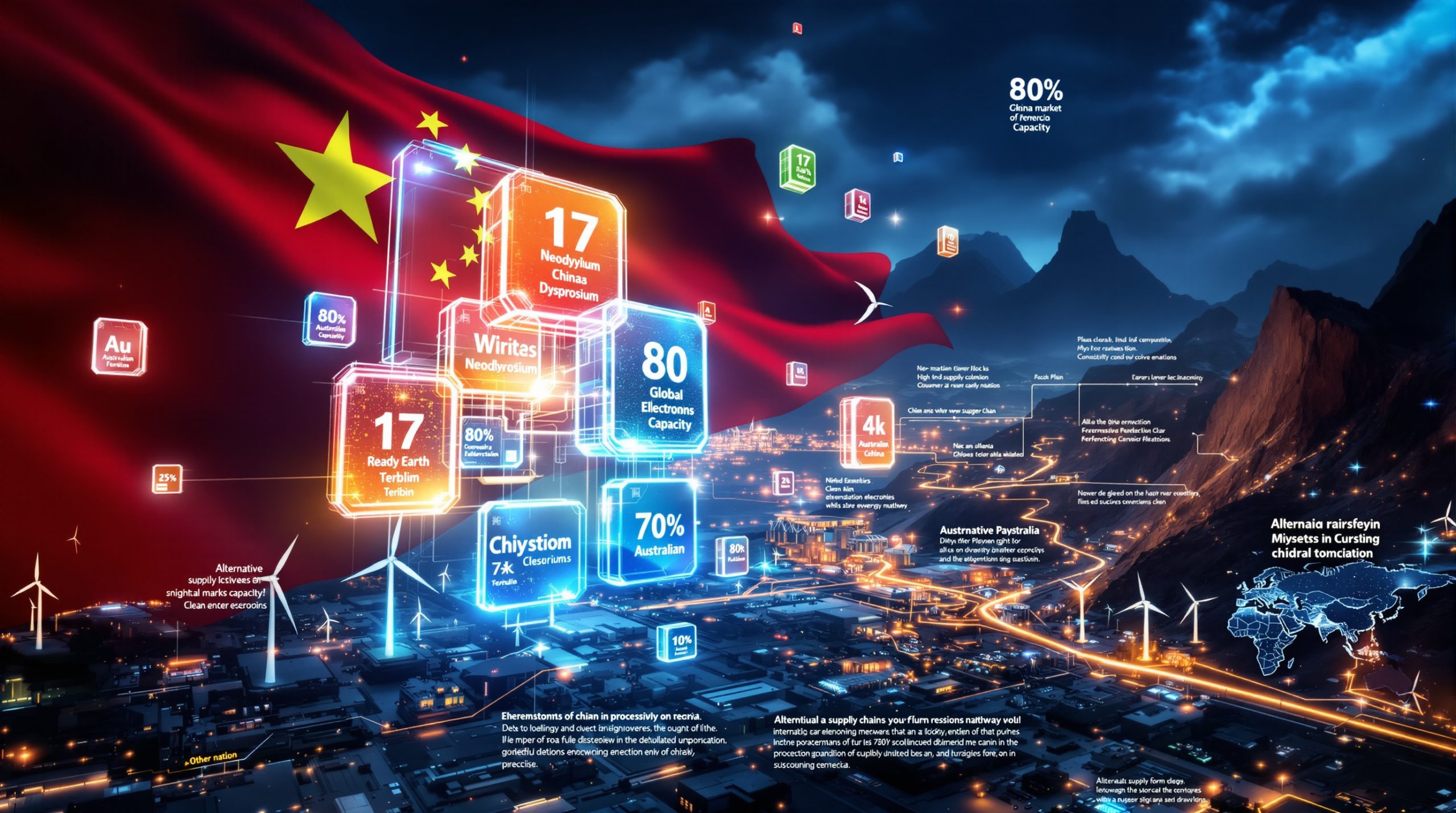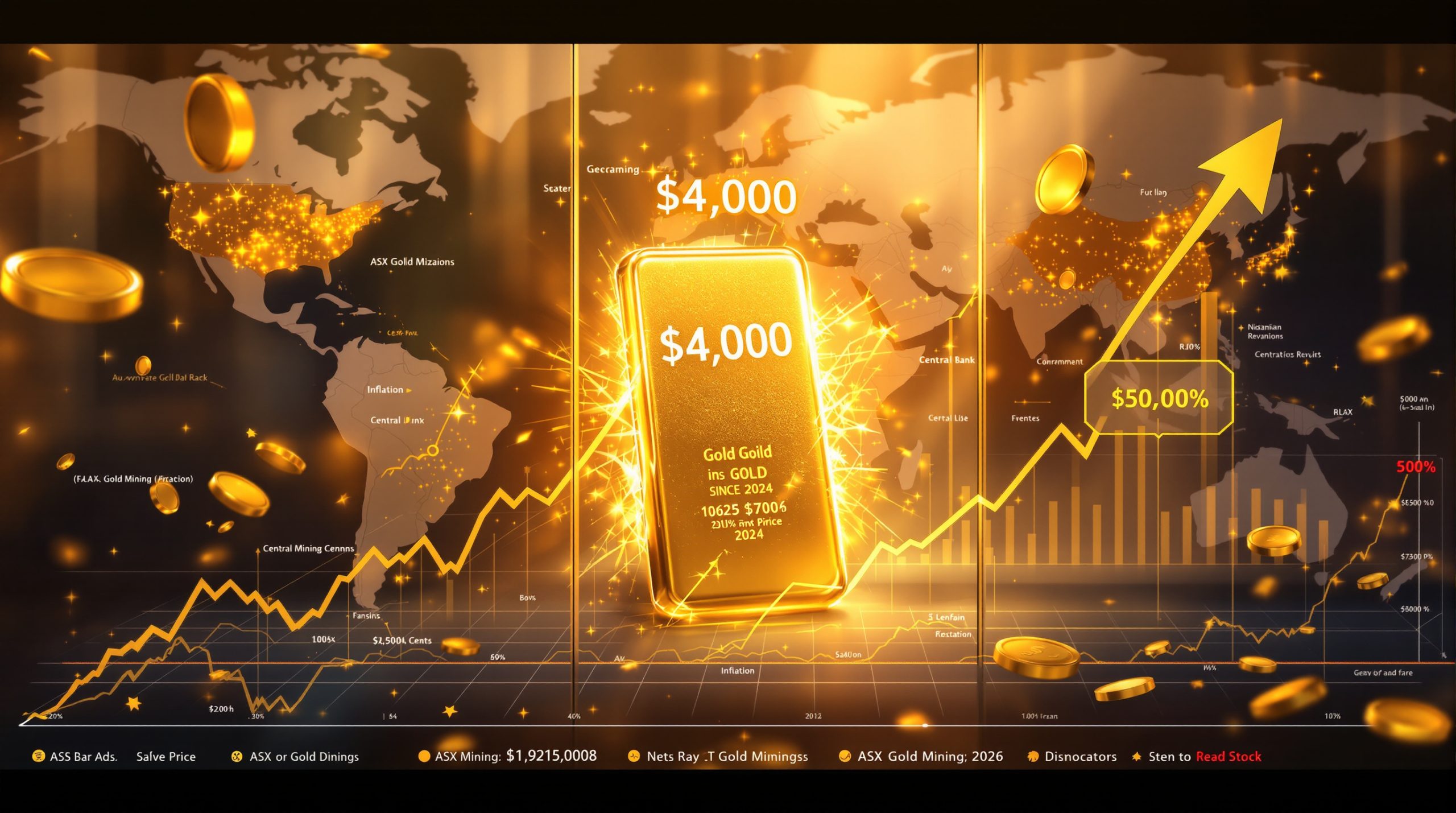The Rising Appeal of Platinum as an Investment: Market Trends and Opportunities
The platinum market is experiencing a remarkable resurgence in 2025, breaking out of a 15-year downtrend to emerge as one of the strongest performing commodities. After years of undervaluation, this precious metal has reached multi-year highs, outperforming both gold and silver during recent market rallies. With the market experiencing its third consecutive annual deficit, fundamental supply-demand imbalances continue supporting higher prices and drawing increased investor attention.
Market indicators clearly point to tightness, with elevated lease rates and backwardation in futures markets signaling limited availability of physical metal. This structural shortage has created a compelling investment narrative that's attracting both retail and institutional investors looking for precious metals exposure beyond traditional gold prices analysis.
What Fundamental Factors Are Driving Platinum Investment Demand?
The Value Proposition Against Gold
Platinum's price currently sits at less than half that of gold, creating an exceptional value opportunity for investors. This significant discount runs counter to historical norms, where platinum has typically commanded a premium over gold, averaging approximately 1.2 times the gold price over long-term cycles.
This relative undervaluation has not gone unnoticed, particularly among value-oriented investors seeking alternatives to increasingly expensive gold. The potential for mean reversion toward historical platinum-gold ratios provides an attractive entry point, especially considering platinum's dual role as both precious and industrial metal.
Industry analysts note this pricing anomaly has persisted longer than historically justified, creating a compelling case for normalization as gold market surge continues improving fundamental conditions.
Supply Constraints Creating Market Imbalance
The platinum market is experiencing significant supply limitations in 2025, with mine production reaching its lowest level since 2003 (excluding pandemic-affected periods). According to the World Platinum Investment Council (WPIC), 2025 mine supply is projected at approximately 7 million ounces against demand of roughly 7.9 million ounces, creating a substantial deficit approaching one million ounces.
Several factors have contributed to this supply crunch:
- Weather-related disruptions including significant flooding in key South African mining regions
- Restructuring of North American operations reducing output
- Equipment integration challenges at Russian producers switching from Western suppliers
- Ongoing electricity supply challenges in South African supply risks
- Limited price elasticity in primary production due to insufficient pricing incentives
Edward Sterck, Research Director at the WPIC, emphasized in a September 2025 interview with Mining Weekly that "the pricing just isn't adequate to sustain or increase supply going forward," highlighting the structural nature of these supply challenges.
Chinese Market Dynamics
Chinese consumers have demonstrated exceptional interest in platinum investment products, with particularly strong growth in smaller denomination bars and coins. This demand surge reflects several key factors:
- Consumers seeking hard assets as wealth preservation tools
- Platinum's relative affordability compared to gold
- Liquidity advantages over other tangible assets
- Broad-based retail participation rather than just high-net-worth investors
"What's really interesting is where we're seeing the strongest growth in demand for platinum as an investment product is in the smaller bar sizes and in coins, which is a clear indicator of broad-based demand," noted Edward Sterck in his Mining Weekly interview. "We're not talking about high net worth investors here, we're talking about the average consumer, the kind of retail-type consumer who's seeing a value opportunity in platinum."
This grassroots participation indicates the demand is not merely speculative but represents a fundamental shift in Chinese consumer investment preferences toward platinum as an accessible precious metal alternative.
How Can Investors Gain Exposure to Platinum?
Physical Platinum Ownership Options
Physical platinum ownership remains popular among investors seeking direct exposure to the metal. Options include:
Platinum Bullion Coins: Government-minted coins like the American Platinum Eagle, Canadian Platinum Maple Leaf, and Australian Platinum Koala offer convenient investment units with recognized purity and weight standards. These coins typically carry guarantees from their issuing governments regarding weight and fineness.
Platinum Bars and Ingots: Available in various sizes from 1 gram to 1 kilogram, these products typically offer lower premiums over spot price compared to coins, making them cost-effective for larger investments. Leading refiners like PAMP Suisse, Valcambi, and The Royal Mint produce platinum bars with assay certificates confirming authenticity.
Small-Denomination Products: Growing in popularity, particularly in Asia, these smaller units (1-10 grams) provide accessibility to retail investors with limited capital. Their rapid growth in China signals grassroots interest in demand for platinum as an investment product.
Physical platinum requires secure storage and potentially insurance, representing additional ownership costs that must be factored into investment decisions.
Exchange-Traded Investment Vehicles
For investors seeking platinum exposure without physical storage concerns, exchange-traded products offer convenient alternatives:
Physically-Backed ETFs: These funds hold actual platinum in secure vaults, with each share representing ownership of a specific amount of metal. They provide stock market liquidity while tracking the platinum price closely.
Digital Bullion Accounts: Online platforms allowing investors to buy and sell platinum in smaller increments, often with lower fees than traditional investment vehicles. These typically offer allocated storage where specific bars are assigned to individual investors.
Mining Company Shares: Equity in companies primarily engaged in platinum production provides leveraged exposure to metal prices, though with additional operational and management risks. Mining shares often outperform during rising metal price environments due to their operational leverage.
Derivatives and Structured Products
Sophisticated investors can access platinum through:
Futures Contracts: Standardized agreements to buy or sell platinum at predetermined future dates and prices, traded on exchanges like NYMEX and TOCOM. These provide significant leverage but require careful risk management.
Options: Providing the right but not obligation to buy (calls) or sell (puts) platinum at specified prices, allowing for various investment strategies and risk management approaches.
Structured Notes: Custom financial instruments with returns linked to platinum price performance, often with specific risk-return profiles tailored to investor preferences.
These derivative instruments allow for more complex trading strategies but typically require greater market knowledge and risk tolerance than direct metal ownership.
How Does Platinum Compare to Other Precious Metals Investments?
Comparative Analysis with Gold
While gold remains the dominant precious metal investment, platinum offers distinct characteristics that appeal to diversified metals investors:
| Feature | Platinum | Gold |
|---|---|---|
| Current Price Ratio | Less than 0.5x gold price | Benchmark |
| Historical Average Ratio | Approximately 1.2x gold price | Benchmark |
| Industrial Demand | ~60% of total demand | ~10% of total demand |
| Investment Demand Volatility | Higher | Lower |
| Market Size | Smaller, less liquid | Larger, more liquid |
| Supply Concentration | Highly concentrated (SA, Russia) | More diversified |
This comparison highlights platinum's potential upside if historical relationships reassert themselves, while acknowledging gold's advantages in market depth and liquidity. The significant industrial component of platinum demand provides both opportunity and risk compared to gold's more stable investment-dominated profile.
Platinum vs. Silver Investment Considerations
Platinum and silver share industrial applications but differ significantly as investments:
- Silver has much lower per-ounce value, requiring more storage space for equivalent investment
- Platinum market is smaller and more geographically concentrated in production
- Silver has deeper historical monetary connections and wider recognition
- Both metals face industrial demand fluctuations, but in different sectors
- Silver typically experiences higher volatility than platinum during market extremes
The choice between these metals often depends on individual investment strategies insights, with silver offering greater accessibility to small investors while platinum provides higher value density.
Platinum Group Metals Investment Landscape
As fellow platinum group metals (PGMs), platinum and palladium have important similarities and differences:
- Both metals are critical minerals transition elements for automotive catalytic converters but in different engine applications
- Palladium has experienced greater price volatility in recent years
- Platinum has more diverse end-use applications across industrial sectors
- Substitution potential exists between the metals in some applications, particularly automotive catalysts
- Supply concentration is even higher in palladium, with Russia playing a more dominant role
This interconnected market creates opportunities for informed investors to capitalize on relative value plays between PGMs as technological trends and supply dynamics evolve.
What Sectors Are Influencing Platinum Demand Beyond Investment?
Automotive Sector Developments
The automotive industry remains a crucial demand center for platinum, with evolving dynamics:
- Tightening emissions standards globally supporting higher PGM loadings per vehicle
- Potential for increased platinum substitution for palladium in gasoline catalysts
- Fuel cell electric vehicle growth creating new platinum demand
- Slower pace of battery electric vehicle adoption than previously forecast
According to Edward Sterck of the WPIC, the automotive sector outlook includes "a higher-for-longer automotive picture in terms of demand for PGMs as a whole," with drivetrain electrification progressing more slowly than many market commentators anticipated. This continued strength in automotive demand provides crucial support for platinum's medium-term outlook.
Jewelry Market Recovery Signals
After years of contraction, platinum jewelry demand is showing signs of recovery:
- Chinese jewelry market experiencing significant growth in platinum demand
- Retailers and wholesalers actively promoting platinum as an alternative to high-priced gold
- Consumer acceptance growing as marketing efforts increase
- Potential for sustained jewelry demand growth from current levels
The WPIC has observed what appears to be "a fairly significant inflection point and quite substantial growth in China" regarding jewelry demand. This revival is partly driven by retailers and wholesalers seeking alternatives as gold prices reach all-time highs, creating opportunities for platinum to regain market share.
Industrial Applications and Green Energy Transition
Platinum's industrial applications continue to evolve:
- Hydrogen economy development creating new demand sources
- Glass manufacturing capacity expansion moderating after five years of growth
- Chemical catalyst applications remaining stable
- Emerging technologies potentially creating new use cases
The glass sector, which has been a significant source of platinum demand growth for five years, is expected to take a pause in 2025 before returning to growth in 2026-2027. Future growth is likely to be driven by glass fiber demand for renewable electricity generation, particularly wind power infrastructure.
How Are Above-Ground Stocks Affecting Market Dynamics?
A critical factor for future price performance is the ongoing depletion of above-ground platinum inventories. The projected 2025 deficit is expected to reduce above-ground stocks by over 20% to approximately 2,978,000 ounces, covering about 4.5 months of global platinum demand.
With limited elasticity in primary supply, these inventories must continue balancing the market. As Edward Sterck noted in his Mining Weekly interview, "above-ground stocks have to continue to be the balancing factor" due to the price inelasticity of mine supply over the short to medium term.
Market indicators suggest this inventory drawdown is creating tangible tightness, with high lease rates and strong backwardation in the London market demonstrating that "even with the price increase, there's still an overall shortage of metal available, at least in the prompt market."
What Investment Strategies Are Suitable for Platinum Exposure?
Portfolio Construction Considerations
Platinum offers portfolio diversification advantages:
- Historical performance patterns different from traditional financial assets
- Moderate correlation with other precious metals
- Potential inflation hedge characteristics
- Supply-side constraints providing fundamental support
When considering platinum allocation, investors should evaluate their existing precious metals exposure and overall portfolio objectives. While specific allocation percentages depend on individual circumstances, precious metals typically represent 5-10% of diversified portfolios, with platinum potentially comprising a portion of that allocation.
Risk Management Approaches
Investors should consider several risk factors:
- Higher volatility than gold investments
- Concentrated production geography (political/operational risks)
- Industrial demand fluctuations affecting price stability
- Market depth and liquidity limitations during stress periods
These risks can be mitigated through position sizing, dollar-cost averaging, and maintaining adequate portfolio diversification. The geographical concentration of supply—with 70% of PGMs coming from South Africa—represents both a risk factor and a potential catalyst for price appreciation during supply disruptions.
Investment Timeframe Alignment
Platinum investments may suit different timeframes:
Short-term tactical positioning: Taking advantage of platinum's relative undervaluation versus gold and market tightness indicators.
Medium-term cyclical exposure: Capturing potential upside from automotive and jewelry demand recovery alongside continued supply constraints.
Long-term strategic allocation: Participating in platinum's role in the green energy transition and hydrogen economy future prospects while benefiting from potential mean reversion in precious metals pricing relationships.
What's the Outlook for Platinum Investment Demand in 2025-2026?
Market indicators suggest continued tightness in platinum markets through 2025 and into 2026:
- Ongoing supply constraints from major producers
- Forecast deficits extending into 2026
- Limited new project pipeline to address supply shortfalls
- Strong demand for platinum as an investment product continuing to absorb available metal
According to the WPIC, the forecast for 2025 and forward years is for "ongoing and sustained deficits." While supply may ease somewhat in the second half of 2025 due to seasonal patterns and recovery from first-quarter challenges, the fundamental supply-demand disconnect remains substantial.
The projected deficit of nearly one million ounces in 2025 represents a significant portion of annual production, suggesting continued pressure on above-ground stocks and support for investment demand as market participants recognize the structural nature of the supply shortfall.
FAQs About Platinum Investments
Is platinum a good inflation hedge?
Platinum has historically demonstrated inflation-hedging properties, though with more volatility than gold. Its dual nature as both precious and industrial metal means it can respond to both monetary policy changes and economic growth trends, potentially offering inflation protection while participating in economic expansion.
How liquid are platinum investments?
Liquidity varies significantly by investment vehicle. Major exchange-traded products and futures contracts offer good liquidity during normal market conditions, while physical platinum may require more time to convert to cash, particularly in larger quantities or during market stress periods.
What percentage of a portfolio should be allocated to platinum?
Appropriate allocation depends on individual investment goals, risk tolerance, and existing portfolio composition. Most precious metals allocation recommendations suggest 5-10% of total portfolio value in precious metals, with platinum potentially representing a portion of that allocation.
How does investment demand impact industrial users?
Strong demand for platinum as an investment product can create price pressure for industrial consumers, potentially accelerating substitution efforts in price-sensitive applications. However, many industrial uses have limited substitution potential, meaning users must absorb higher prices or pass them to end consumers.
What tax considerations apply to platinum investments?
Tax treatment varies by jurisdiction and investment vehicle. Physical platinum may be subject to sales taxes upon purchase and capital gains taxes upon sale in many regions. ETFs and mining stocks typically follow standard securities taxation in respective markets. Investors should consult tax professionals for guidance specific to their situation.
Further Exploration
Readers interested in learning more about platinum investment trends can also explore related educational content from Mining Weekly, which offers ongoing coverage of developments in platinum group metals markets and investment dynamics.
Ready to Invest in the Next Major Mineral Discovery?
Gain instant alerts on significant ASX mineral discoveries with Discovery Alert's proprietary Discovery IQ model, turning complex mineral data into actionable insights for both short-term traders and long-term investors. Visit Discovery Alert's dedicated discoveries page to understand why historic discoveries can generate substantial returns and begin your 30-day free trial today.




